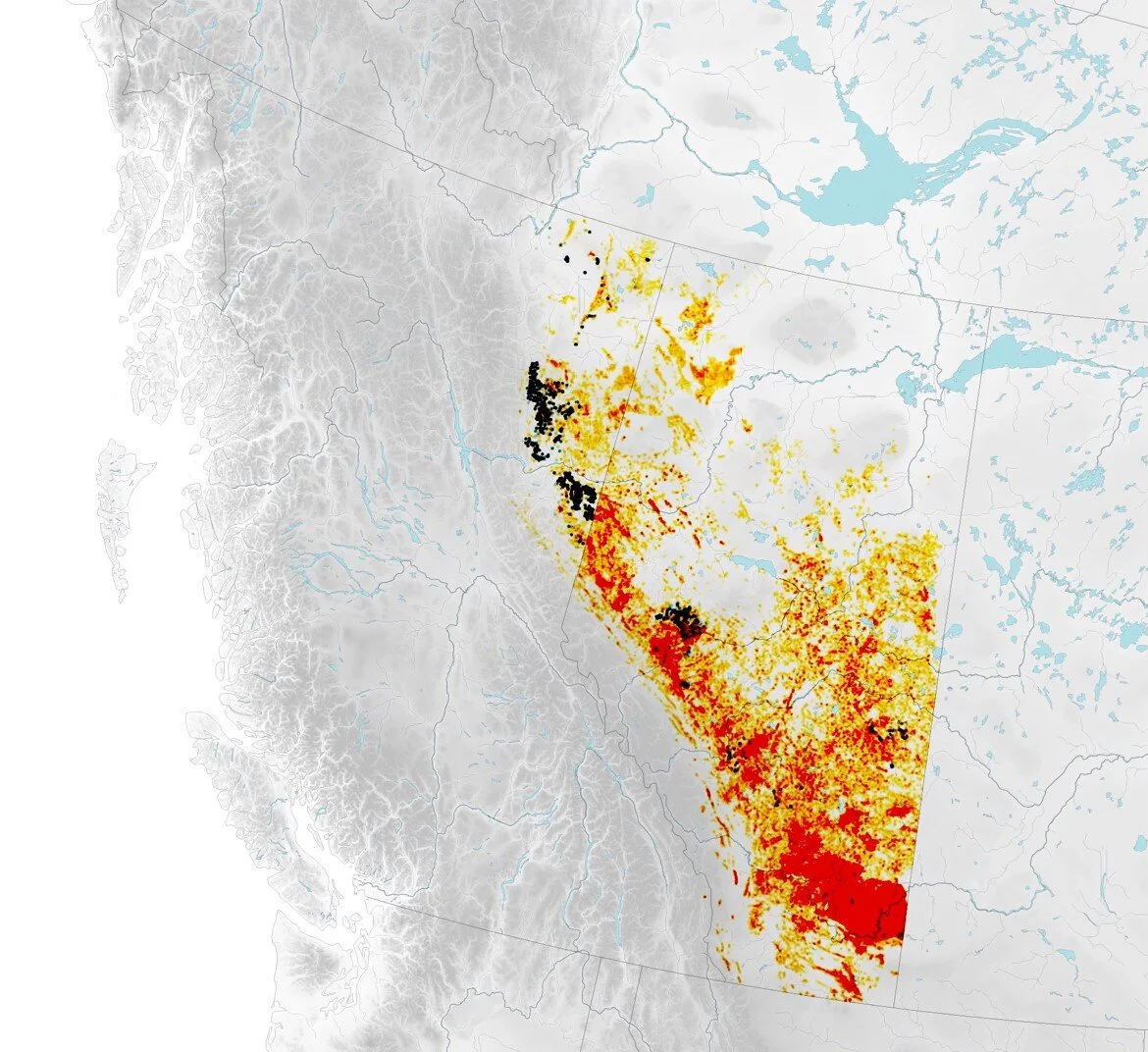Visualizing Water-Energy Nexus Landscapes
Research project
Wiley Interdisciplinary Reviews: Water (WIREs)
2018 - 2021
Over the past decade, the water-energy nexus has emerged as both a concept and a set of places, embedded in landscapes where energy production, social relations, and resource flows intersect. Visualizations of the nexus play a central role in shaping our understanding of water and energy systems and, in turn, influence societal perceptions and political decision-making processes. However, the role of visualizations in nexus research has received little critical attention.
This project interrogates the current visual discourse of the water-energy nexus. Our research reveals that the majority of nexus visualizations in the academic literature are non-spatial, atemporal, and decontextualized from the relational landscapes they purport to describe. We suggest that this can be attributed to the recent proliferation of digital environmental sensing technologies and the associated data architectures that construct the nexus as both a theory and as a place of study. While digital technologies and methodologies can indeed facilitate novel insights into the interrelationships between water and energy resources, we caution that an overreliance on computational methods might render nuanced socioecological relationships abstract, depoliticized, or even invisible.
This project is a collaboration with Karen Bakker, Jenn Baka, Harrison Cole, Kirk Jalbert, and Andrew Butt. This research was presented at the 2019 American Association of Geographers Annual Conference and is supported by a Social Science and Humanities Research Council (SSHRC) Insight Grant.


